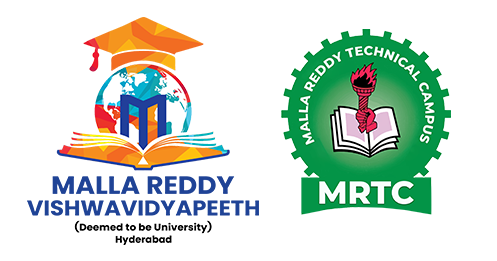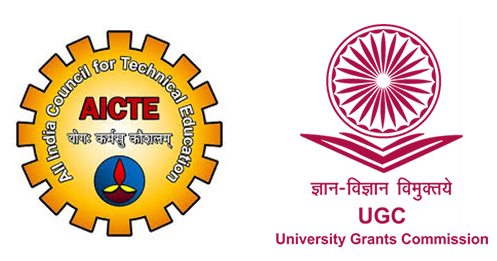AI Prompt Engineering from
Basics to Advanced Techniques
The session scheduled for the 1st Year B. Tech. students organized by Malla Reddy Technical Campus (Deemed to be University) from 22nd August 2025 to 23rd August 2025 at Seminar Hall by 11.00 A.M.
The speakers of the session on Day 1 are Mr. Nithin & Mrs. Divya Sri, Technical Associate, Salesforce, Hyderabad.
This session focus on crafting and refining instructions to guide AI models, like Large Language Models (LLMs), to produce desired outputs. The speaker explained about prompt engineering which focuses on clear instructions, context, and desired formats, while advanced techniques include few-shot prompting, chain-of-thought prompting, and Retrieval Augmented Generation (RAG) to handle complex tasks and improve AI reliability.
Key takeaways from the session includes:
Basic Prompt Engineering
The foundation of prompt engineering lies in providing clear and structured inputs to the AI. Key components of effective prompts include:
- Task: Clearly define the action you want the AI to perform.
- Context and Audience: Specify the background information and who the content is for.
- Persona: Instruct the AI to adopt a specific character or role.
- Format: Define the structure or style of the desired output.
- Examples: Provide one or more good examples of the expected output.
Practical Applications
Prompt engineering is applicable across various fields:
- Content Creation: Generating articles, marketing copy, or creative writing.
- Coding Assistance: Helping developers write, debug, and improve code.
- Data Analysis: Processing and interpreting data to provide insights.
- Customer Support: Creating efficient responses for customer inquiries.
Key Skills for Prompt Engineers
To excel in prompt engineering, consider developing:
- NLP Understanding: A strong grasp of Natural Language Processing
techniques.
- LLM Familiarity: Knowledge of various LLM architectures and their
capabilities.
- Experimentation and Iteration: The ability to test, refine, and optimize
prompts based on AI outputs.
- Data Analysis: Analyzing model responses to identify patterns and improve
data-driven decisions.
Providing no examples, relying on the AI’s general knowledge to perform a task.
Few-Shot Prompting:
Including a small number of examples (one or more) in the prompt to demonstrate the desired pattern, style, or output format.
Chain-of-Thought (CoT) Prompting:
Guiding the AI to show its reasoning process step-by-step, which helps in complex problem-solving.
Retrieval Augmented Generation (RAG):
Enhancing an LLM’s knowledge by providing access to external data or documents, improving accuracy and relevance.
The workshop summarizes a on crafting effective instructions for AI models to achieve desired outputs, covering topics like structuring prompts, understanding AI limitations, and using techniques like few-shot learning.
Outcomes and Benefits:
- Generate more accurate and reliable AI outputs.
- Reduce trial-and-error, saving time and resources.
- Design structured prompts for specific business goals.
- Debug prompt failures and integrate AI more smoothly into workflows

